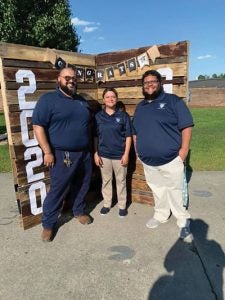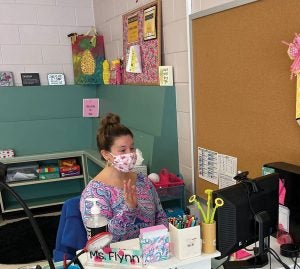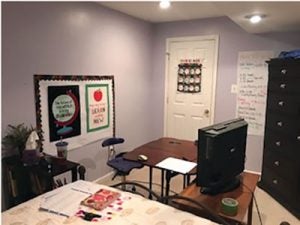Administrators address educating during a pandemic
It’s not only teachers and students who have had to adjust due to COVID-19 but administrators as well. Steve Lassiter Jr. ’04 ’10, assistant superintendent for educational programs and services for Pitt County Schools, and Sonja Emerson ’09, executive director of the exceptional children program for Wayne County Public Schools, answered questions about how their districts are dealing with the coronavirus.
What’s been something unique you’ve experienced so far during this pandemic?
Lassiter: The pandemic placed us in a position where decisions have to be implemented in a matter of weeks and sometimes days. Therefore, we used our best judgment to make each and every decision — our teachers, staff, students and families were at the forefront of every decision. These decisions are not always easy.
How have the students responded?
Lassiter: Many of our students are responding well, but it is not without challenges such as maneuvering technology, accessing the internet and the lack of immediate access to their teachers. How this will impact the educational growth will be seen in the future. Right now, we are focusing on giving students a quality face-to-face and virtual learning experience.
Emerson: For our students who are very young and our students with the most significant cognitive needs, online learning and a hybrid model are very challenging for them and for their families due to their need for specially designed instruction and related service therapy.
What do you think will be some of the long-term effects of the pandemic on education and educational services?
Lassiter: Long-term, virtual education in the K-12 setting is here to stay. We have to prepare how to make it better for students and families. This means, as a system, we must begin designing how it looks in the future. It will require our curriculum department to shift our lens, in that virtual instruction does not look like in-person instruction. Therefore, curriculum specialists and instructional technology specialists must work collaboratively to support teachers in their planning.
Emerson: We have learned to adapt to how we provide instruction and therapy for our students. The laws and policies did not change with the pandemic, but how we facilitate and implement these requirements has.
What do you hope we can take away from this experience?
Lassiter: I hope the community sees the unwavering commitment and resilience of our public schools. I hope they see that teachers and district leaders are committed to ensuring that students are given the best education possible despite our circumstances. I also hope that the community has seen our school system rise to the occasion since March and support families by serving meals, delivering learning packets, providing resources to families and doing what educators, and Pirates, always do — serve.
Emerson: One of the positive changes that we have seen is that some of our students excel and do very well with virtual and online learning. Another positive change, even though it was quite challenging in the beginning, is that our teachers and instructional staff have learned new skills and methodologies for providing instruction to our students and will now have these new instructional tools to add to their toolbox for supporting all students. I honestly believe that the challenge is the same as the positive. Change is difficult for everyone, even more so for the adults versus the students. However, often with change, we are open to accepting the challenges that come with the change. We become better teachers, better instructors, better therapists and better directors.










